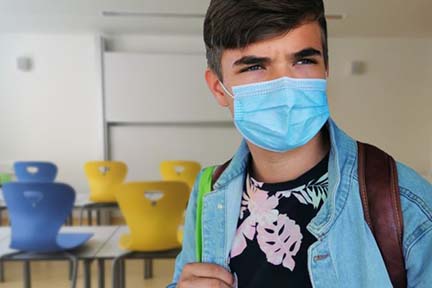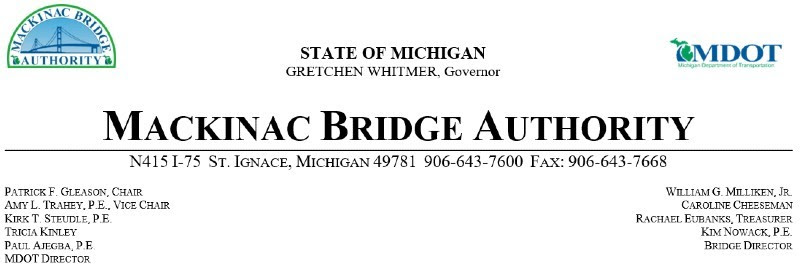
MDHHS launches online access to immunization records
Press Release FOR IMMEDIATE RELEASE: Sept. 9, 2021 CONTACT: Lynn Sutfin, 517-241-2112, [email protected] MDHHS launches online access to immunization LANSING, Mich. – To help Michiganders ages 18 and older more easily access their immunization records, the Michigan Department of Health and Human Services (MDHHS) has launched the Michigan Immunization Portal. Michigan adults with immunization records posted in the Michigan Care Improvement Registry (MCIR), including COVID-19 vaccination, will be able to locate their own record online and download, save or print this information. The portal was funded through CDC grant dollars and was officially launched in mid-August. “We want to make sure Michiganders are able to access their vaccination records as easily as possible as this is important health information,” said Elizabeth Hertel, MDHHS director. “The Michigan Immunization Portal allows them to find their record from their computer or smart phone and save a copy for their records. This will also allow anyone who has misplaced their COVID-19 vaccination card to print a record of their vaccination.” To ensure privacy and that individuals are only able to access their own immunization records, Michiganders must create a MILogin account at Michigan.gov/MiImmsportal and upload a valid government issued photo ID such as a driver’s license, state ID or passport. There is no cost to access the portal. Immunizations provided in another state or country may not be included in an individual’s record in the portal. If an individual’s immunization record can’t be found, records can still be requested from a physician’s office or local health department. As the portal is only available for those 18 years or older, parents won’t be able to download their child’s immunization records. Parents may contact their child’s physician’s office or local health department to get a copy of their immunization records. |







